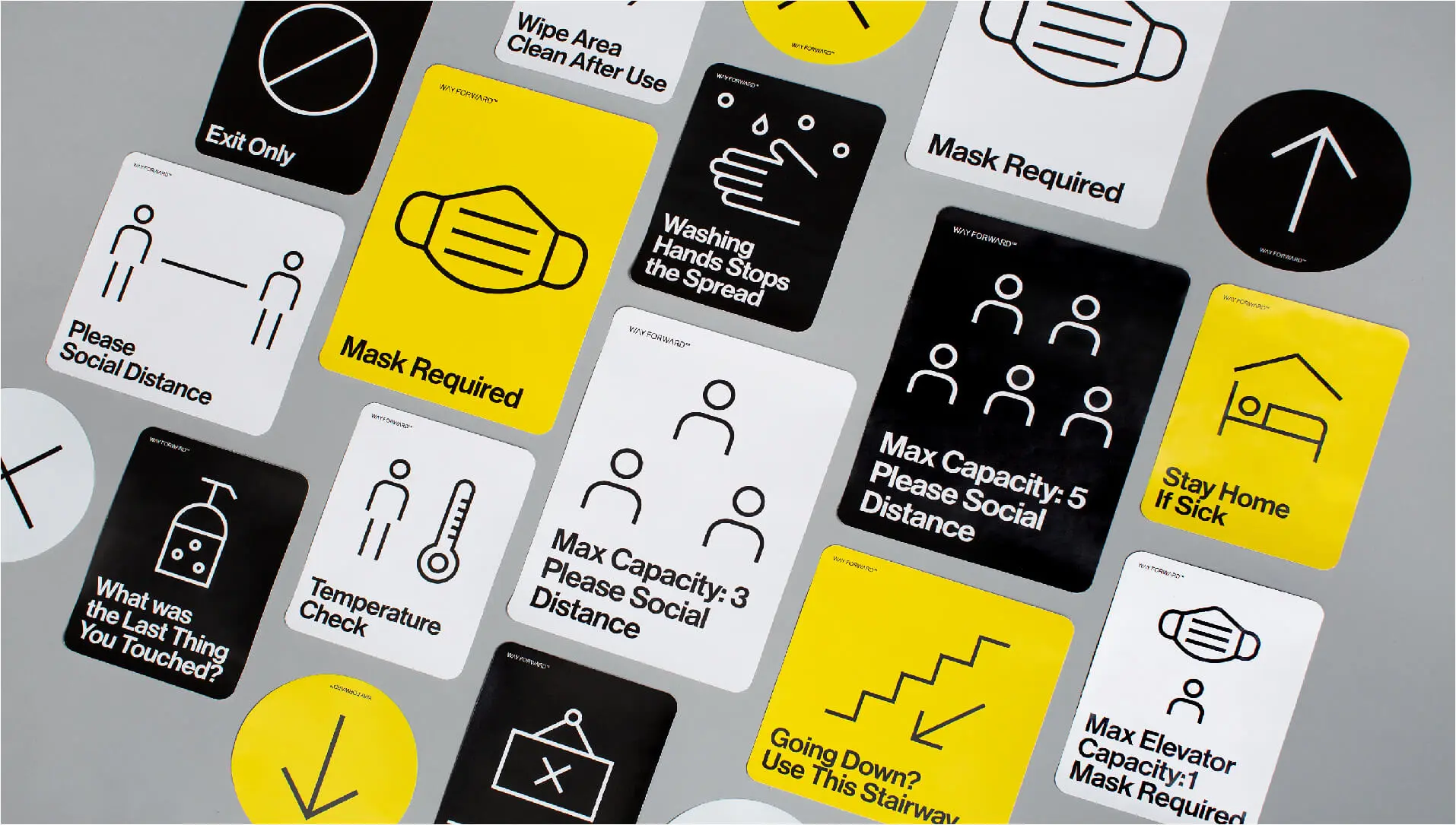4 innovative data visualizations that shed light on global warming
Can softwares and web design inspire climate action and pave the way for a solar-powered, sustainable future? Come discover the power of technology!
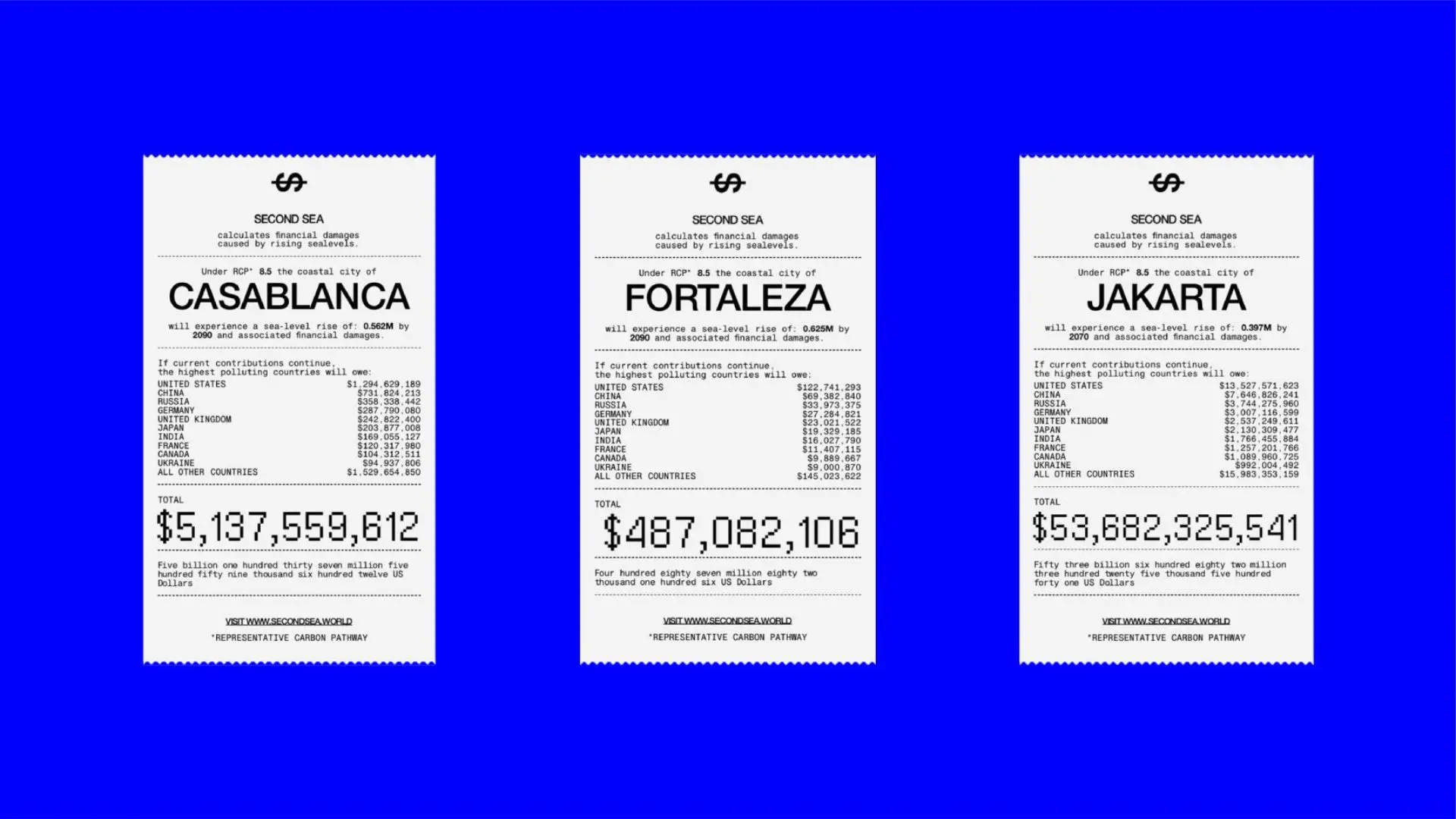
To get a step closer to the world 2.0 that we all want, there’s been a rise in groundbreaking softwares and web design enhancing the power of data visualizations – from Solar Protocol to Human Climate Horizons, Second Sea and PlasticFree.
Climate change can often feel like an unfathomable problem – however, designers are now finding ways to visualize data about global warming in the hopes of making it more understandable.
Projects:
Recent projects in this space include Solar Protocol by Tega Brain, Alex Nathanson and Benedetta Piantella that explores the potential of a solar-powered internet and gets people thinking about the links between energy use and digital design – a topic that is hugely overlooked.
Human Climate Horizons by United Nations Development Programme, on the other hand, projects the impact of global heating on each nation and is designed to be visually striking with an introductory interface showing planet Earth.
Additionally, Second Sea by Adrian Lahoud, Lumumba Di-Aping, Accept & Proceed and Made By On predicts damage to global cities from rising seas which leads to displacement of communities, flooding, subsidence, loss of wetlands, reduced biodiversity and so on.
Lastly, with the aim of inspiring the world to “turn off the plastic tap” – PlasticFree by A Plastic Planet is a database of over 100 plastic alternatives for designers and architects.
Scroll to explore further and learn more about how technology and digital design in the form of these innovative websites and apps featuring data visualizations are inspiring climate action and paving the way for a solar-powered and sustainable future!
Solar Protocol by Tega Brain, Alex Nathanson and Benedetta Piantella
Brilliantly created by artists and New York University professors Tega Brain, Alex Nathanson and Benedetta Piantella – the internet traffic is controlled by the “logic of the sun” in Solar Protocol, a solar-powered network.
Showcased as a way of designing by considering dynamics such as the sun’s interaction with the Earth – Solar Protocol involves a series of solar-powered servers, set up in locations across the world’s time zones, serving its hosted websites from whichever spot is receiving the most sunlight.
Subverting the typical operation of the internet and optimized in a different way, this process utilizes the most naturally available energy.
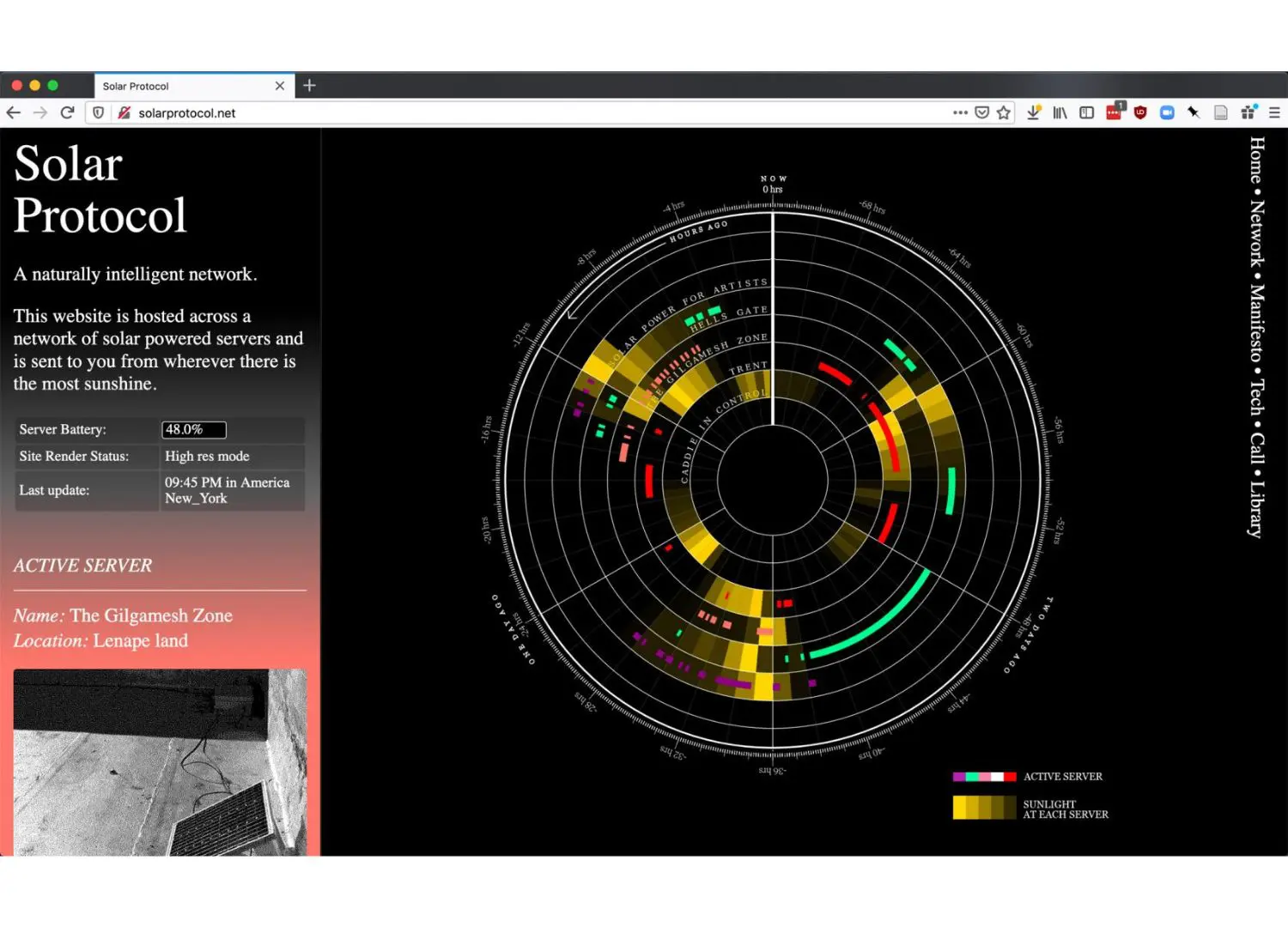
Referencing an estimate that online video streaming could account for one percent of global greenhouse gas emissions – “we’re really concerned about how to frame design as being within planetary limits and within the energy context and we’re trying to develop a different approach to design and particularly to UX design!” say the founders.
They don’t advocate switching the entire internet to a solar protocol – instead, they’re using this experimental project to explore multiple intersecting ideas.
This includes whether systems could be designed around “natural intelligence” as much as artificial intelligence, designing for intermittency as well as questioning the primacy of high-resolution.
[ Read also The future of product design: how artificial intelligence is changing the game ]
Human Climate Horizons by United Nations Development Programme
Human Climate Horizons – a data platform displaying how different levels of global heating will affect people’s lives across the globe has been launched by the United Nations.
Allowing users to pick a location, timeframe and emissions scenario – this tool consolidates a huge cache of data to present projections on how climate change will impact mortality, the ability to earn a living and energy use in the near future.
This United Nations Development Programme’s (UNDP) platform utilizes state-of-the-art data from the Climate Impact Lab collaboration of scientists and researchers and is intended to influence climate policy around the globe.
For instance, a selection of Dhaka at the end of the century under a “high emissions scenario” shows there will be 132 more deaths per 100,000 people each year by 2100 due to climate change, nearly twice the country’s current annual death rate.
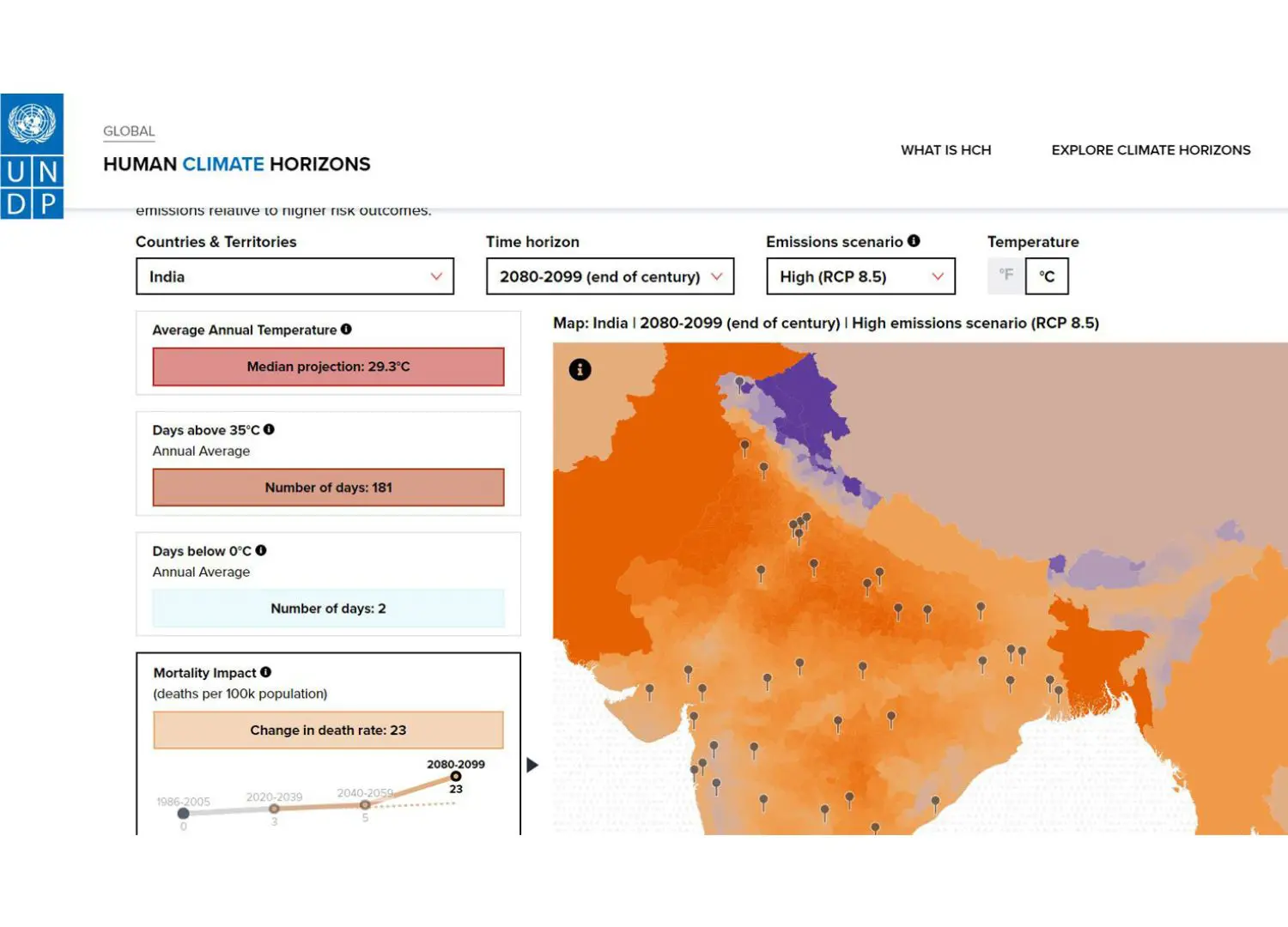
“What we saw in this data was a way to talk beyond the immediate impacts – to see, actually, if you take action A, what’s going to be the outcome or if you don’t take it what’s the outcome!” says Admir Jahic, UNDP data, digital and knowledge management advisor.
Such as, worldwide, keeping global warming to within 1.5 degrees reduces projected additional mortality from climate change in 2100 by more than 80 percent, saving tens of millions of lives.
Additionally, it further displays how climate change will drive an “inequality surge” in human development.
To emphasize the increasing inequalities over the century – a “compare impacts” page showcases three time periods side-by-side, with each nation plotted as a single bar on a graph.
Second Sea by Adrian Lahoud, Lumumba Di-Aping, Accept & Proceed and Made By On
A team of researchers led by architect Adrian Lahoud have developed an app – Second Sea calculator that calculates how much coastal cities are owed in climate reparations to make up for the destruction caused by rising sea levels.
From Athens to Zhanjiang – it makes use of real-world data from 136 cities, charting what sea level rise they can expect by the end of the century.
Created in collaboration with Sudanese diplomat Lumumba Di-Aping, design studio Accept & Proceed and developer Made by On – this platform then generates an invoice showing the estimated cost of the resulting damages, which users can further share on social media.

The invoice further breaks down what portion of these damages different countries across the world should have to pay – based on their contribution to climate change in the form of CO2 emissions, with the highest-emitting industrialized nations paying the most.
“Second Sea identifies the historical and projected emissions of those responsible and draws attention to their financial liabilities by producing a nationally itemized reparations invoice, which can be shared as a social media asset!” says Lahoud.
For example, if a nation has contributed 15 percent of global CO2 emissions, it’s responsible for 15 percent of loss and damage caused by climate change everywhere and for everything.
As poorer countries in the global south are disproportionately bearing the brunt of the climate crisis – despite being the least responsible and least financially capable of protecting themselves against the fallout.
PlasticFree by A Plastic Planet
Helping architects and designers source plastic-free materials for their projects – environmental organization A Plastic Planet by Sian Sutherland and Frederikke Magnussen has launched an online platform PlasticFree.
This organization has rallied both industry and policymakers behind its cause, creating the world’s first plastic-free supermarket aisle as well as working with the UN to realize a historic global treaty to end plastic waste.
“The ultimate aim is to help designers and business leaders eradicate one trillion pieces of plastic waste from the global economy by 2025!” says Sutherland.
PlasticFree is the result of more than two years of research and development in collaboration with a 40-strong council of scientists, business leaders and industry figureheads from Stirling prize-winner David Chipperfield, designer Tom Dixon and curator Aric Chen.
Designed by London studio Made Thought – this subscription-based service provides users with in-depth reports on more than 100 plastic alternatives, offering key insights into their properties, production as well as sourcing.
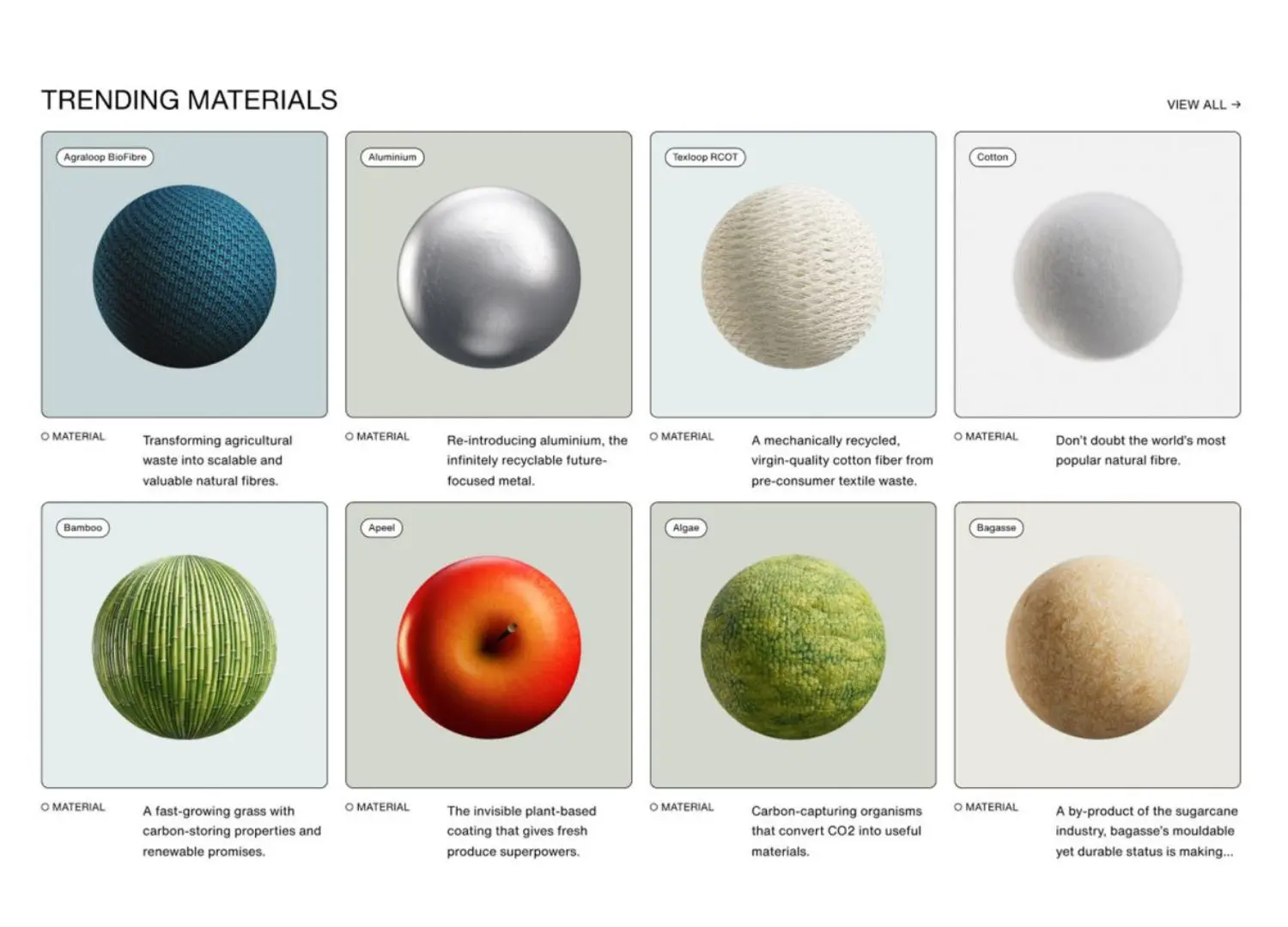
Part material library, part design tool – the platform also highlights case studies on how these materials are already being turned into products across five different continents and allows users to collate them into Pinterest-style mood boards for their projects.
This database features raw materials such as bamboo and cork, alongside innovations such as Great Wrap’s potato-based cling film and Living Ink’s algae ink.
It further talks about fossil-free nutrient-based materials including Notpla’s edible seaweed packaging or Mirum plant leather, which are able to go back to the earth as nutrients.







